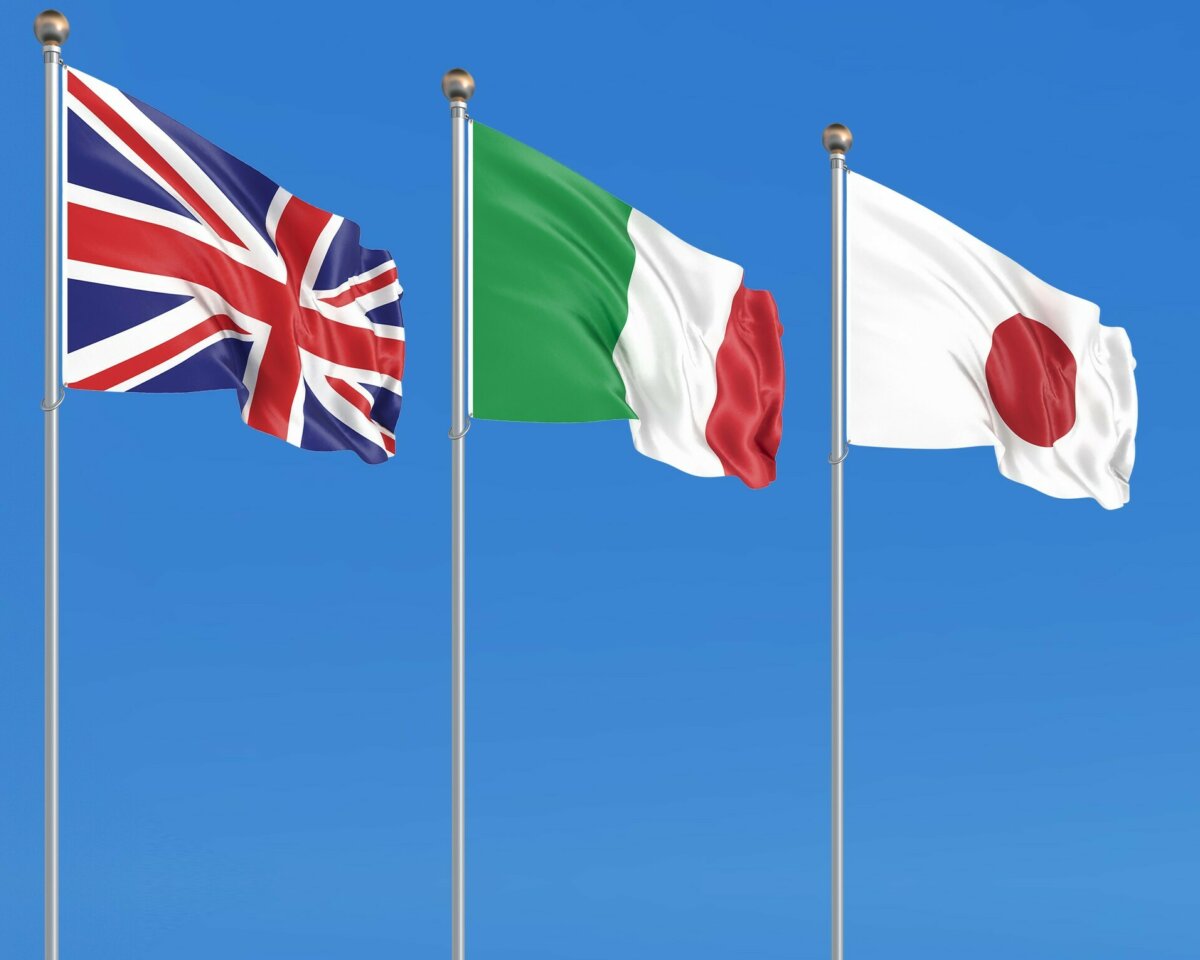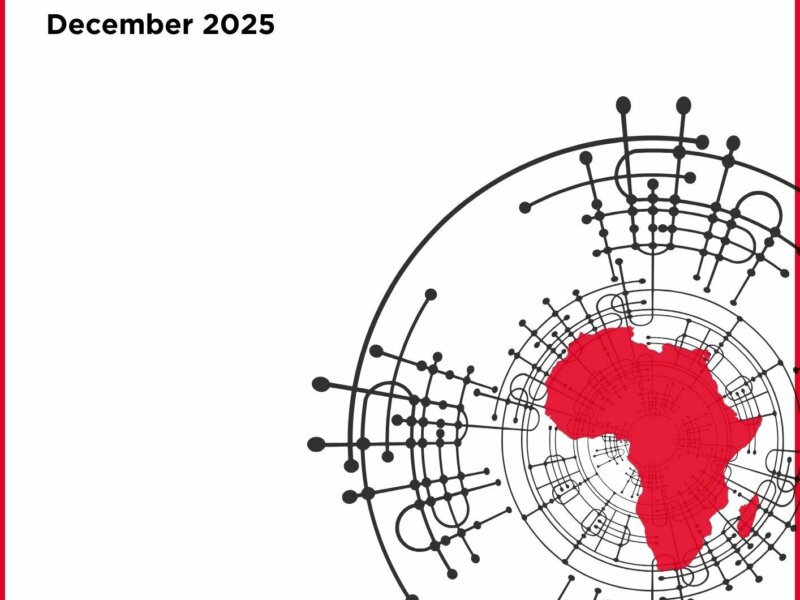The political and strategic significance of the “Global Combat Air Program”
What impact and consequences will the signing of the GCAP agreement between Italy, Japan, and the UK have? By Leonardo Palma

The Japanese fleet that defeated Tsarist Russia in the naval battle of Tsushima in May 1905 had been built in Italy and the United Kingdom. The Kasuga and Nisshin, for example, two Garibaldi-class armored cruisers, had been built by Genoa-based Ansaldo in 1898. A century later, these three countries signed the Global Combat Air Program agreement (GCAP) for the development of a sixth-generation fighter aircraft. The program should lead to the integration of the Anglo-Italian “Tempest” platform with the Japanese “F-X”.
The declaration issued jointly by the three governments on 9 December 2022, paved the way to a process that should end in 2035. While Italy and the UK have some familiarity in managing joint international projects in the defence and aerospace sectors (Tornado, EFA, PAAMS programs, etc.), an international partnership with other powers for a project of such relevance to national defence is a novelty for Japan. The reasons for the Japanese Government’s preference for the two European countries over the United States would derive, on the one hand, from Lockheed Martin’s refusal to give the Japanese access to the source-code of the sixth-generation fighter aircraft development program and, on the other, from a certain complementarity of interests, means and objectives with Italy and the UK. In order to guarantee air superiority in their respective naval spaces – the North Sea, the Mediterranean and the South China Sea, which are the object of increasing political-military and economic competition – these three maritime and insular (or peninsular, in the case of Italy) nations will need a multi-role stealth aircraft that is part of a technological ecosystem integrating systems and sensors, artificial intelligence, a dynamically reconfigurable architecture, advanced materials, cyber protection, a “wearable cockpit”, but also hypersonic technologies, “manned-unmanned teaming”(MUM-T) and directed energy laser weapons. In addition, the agreement would guarantee the same timelines as the original programmes, equal status among the three partners, cost containment with equal efficiency and product quality, and an additional increase in production capacity to allow exports to third parties.
The importance of the GCAP, however, does not lie in its industrial value only. For Japan, this agreement reflects the ongoing shift in national security policies. According to Japanese planners, the current configuration of the international system is shifting towards a competitive multipolarism based on the logic of power politics. As a consequence, the boundary between offence and defence has become nuanced and the center of gravity of states’ defence policies has necessarily changed. The government of Prime Minister Kishida has thus introduced the concept of “flexible deterrence operations” as part of a collective security effort by partners and allies that shifts the country’s defensive center of gravity closer to the proximity zone from which threats originate. For this reason, the GCAP’s strategic relevance for Tokyo goes beyond the logic of simply updating and modernizing its air fleet as it represents the primary technological condition for its deterrence. Likewise, according to British Prime Minister Rishi Sunak, this international partnership would demonstrate how the security of the Euro-Atlantic and Indo-Pacific areas are indivisible. The GCAP’s potential strategic value for the three partner countries therefore goes far beyond the benefits of the specific military capabilities that the programme will be able to equip them with in the near future. In this regard, it could also be considered the result of a larger transformation set in motion by the 2021 AUKUS agreement (Australia, UK, US) to provide the Australian navy with a nuclear submarine fleet. That agreement elevated industrial arrangements for the development of advanced technologies to instruments for seeking and gaining national strategic advantage, foreshadowing the adoption by states of what might be called a “minilateral approach”: small partnerships, within a defined framework of alliances, to develop specific capabilities. Like AUKUS, the GCAP agreement is a technology accelerator, a commitment to jointly develop and achieve critical capabilities for industry and national security. For this reason, technology “minilateralism” can hardly be defined in the reductive terms of an expedient to obtain toys otherwise too costly for individual countries. The GCAP is an agreement that can generate cascading effects and build national strategic advantages in response to capability needs arising from the current era of inter-state competition. Furthermore, the three governments converge on the need to strengthen their role within the US-led Western alliance system and are driven by the desire to maintain or extend their international influence through scientific and technological excellence in defence applications. The British and Japanese, in particular, aspire to assume recognised leadership in managing regional crises and addressing global challenges to complement the role of the United States. Moreover, precisely because the competition between the United States and China is less about containing Chinese military expansion in Asia than controlling critical technologies, the success of the GCAP would project Italy, Japan and the UK onto the front line, increasing their weight even in inter-allied relations. Greater weight and representation could also allow these three countries to have their say in how tensions between Washington and Beijing are managed.
For Italy, however, the signing of this agreement raises numerous questions, many of which are tied to the reasons and the way it was reached. Indeed, if the need for technological modernization affected strategic reflection, the Italian government will soon have to address the political scope of the GCAP. The first consequence of the agreement is that it will link Italy to the Indo-Pacific, forcing it back into an area hitherto delegated essentially to the European Union’s external action. The second is that imposes an abrupt halt to European integration in the defense sector, since France, Germany and Spain have decided to continue with the development of another program, the FCAS (Future Combat Air System). Although Italy, Germany, France, and Spain are industrial partners in several European projects (e.g., EPC, FREMM, PPA, LSS and Eurodrone), none of these has the same strategic importance as Tempest and FCAS. The latter represent the most important defence and aerospace technology development programmes of the next 30 years, but the “big four” (France, Germany, Italy and the UK) have failed to reach a European agreement. Perhaps it is also for this reason that the Italian Defence Minister and UK Prime Minister have left the door of the GCAP open, showing that they do not intend it to remain an exclusive three-member pact. The issue of the Indo-Pacific area and Asia is of no lesser importance. Unlike the United Kingdom, but similarly to Germany and France, Italy has never clearly defined its own policy towards Asia, the Indo-Pacific area or China. The same applies to the relations with Japan. While these are among the most solid and long-standing maintained by Italy beyond the Persian Gulf, they have not received the deepening and impetus they would deserve, given the complementarity between the two countries in terms of bilateral challenges, objectives, and opportunities. Similarly, despite several documents drafted by the Defence Staff, the Defence Minister or the individual Chiefs of Staff of the Armed Forces, the Italian government has not come up with a strategic and national security concept in relation to the current configuration of the international system. From this point of view, an evolution of the GCAP in a more political direction towards a three-way security pact, would further strengthen the agreement and its strategic value, both in the eyes of the main competitors and of allies. However, this would make it impossible to further postpone the adoption of an Italian strategy for the Indo-Pacific (as part of a broader national strategic concept).
On the other hand, all this leads to an important reflection on the perimeter of Italian action in the world, i.e. whether it is preferable to continue to adhere to the “Martini doctrine” (named after Admiral Fulvio Martini, director of Italian military intelligence – SISMI – from 1984 to 1991) according to which Italy, due to the scarcity of available means, should not further extend its area of competence beyond the boundaries of the “Broader Mediterranean” (in Martini’s definition this included the Western Balkans, North Africa, the Near East up to the Persian Gulf and the Red Sea strip up to Somalia), or whether it is possible to finally envisage a global Italian policy. Rather than mimicking the “Global Britain” policy, which even the UK case is struggling to take off, Italy could opt for a “Rete Italia” policy, which would underlie a more sophisticated and less predictable approach for the projection of its influence abroad. Whatever response the Italian government might give to this question, the GCAP with the UK and Japan could turn into a decisive card that will nonetheless require the utmost attention and consequentiality both at the industrial level of investment and at the political level. For a country with large mercantile and scientific-technological capabilities like Italy, staying out of the race for the aerospace sector and the control of the most strategic technological supply chains would mean repeating the mistake of the Ming dynasty, which - between 1470 and 1529 - dismantled its fleet, thus isolating China from maritime trade and world exploration for the following centuries.



